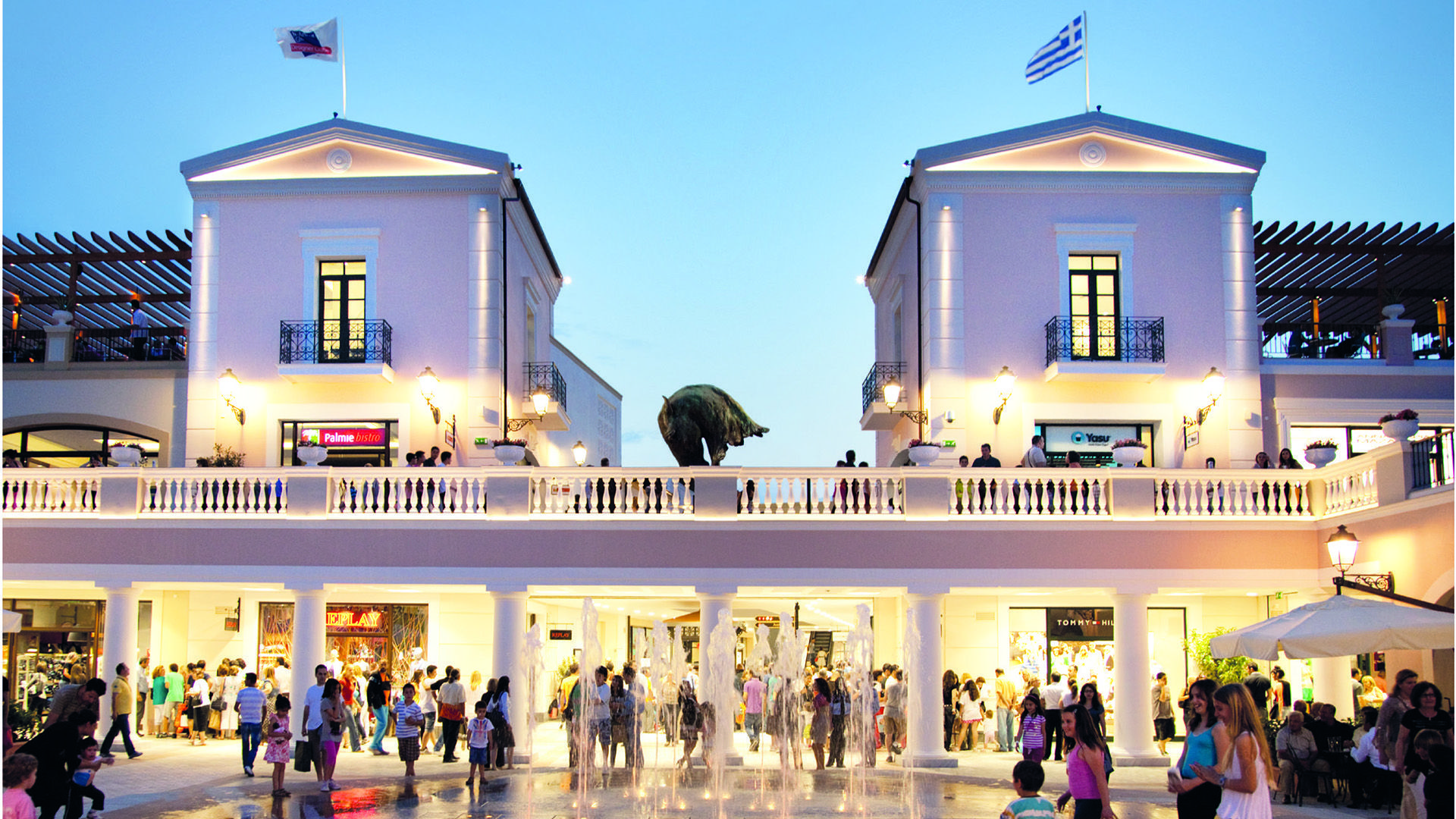Sanctuary of Artemis Tauropolos
Informations
Sanctuary of Artemis Tauropolos
The Sanctuary of Artemis Tauropolos was found in 1925 on the shore of Artemida (Loutsa) by the sea and was systematically investigated by the Archaeological Society in 1956 and 1957. Only the foundation, made of Poros stone blocks, which was a Doric perimeter building, has survived. The construction of the church dates back to the end of the 5th century BC. The sanctuary of Artemis Tauropolos is known mainly from literary sources. In Euripides’ play “Iphigenia in Tauris”, Orestes is mentioned as the founder of the sanctuary, who carried the wooden cult statue (xoanon) of the goddess from Tauris, disembarking at Halai on the eastern coast of Attica to build the temple of the goddess. Euripides, as well as Menander in his comedy “Epitrepontes”, provides information about the character and events included in the festival of “”Tauropolia”” held in honor of the goddess: night processions, ceremonies of an unbridled Dionysian nature, and events that included the symbolic enactment of human sacrifices.
The sanctuary of Artemis Tauropolos was the most important place of worship and the center of the deme of Halai Araphenides. The activity of the sanctuary is documented from the 7th century BC to the 1st century AD, as evidenced by the finds, which include votive offerings, as well as utility and cooking vases, which indicate the holding of banquets in the context of worship. In the area of the sanctuary, two temple entrances (east and west), a gravel road and votive pedestals have been found. At a distance of 200m south of the temple of Artemis Tauropolos, a small temple was discovered with a depot containing numerous offerings from the Geometric to the Classical period.
The findings from the sanctuary of Artemis Tauropolos and the small sanctuary are exhibited in the Archaeological Museum of Brauron.







